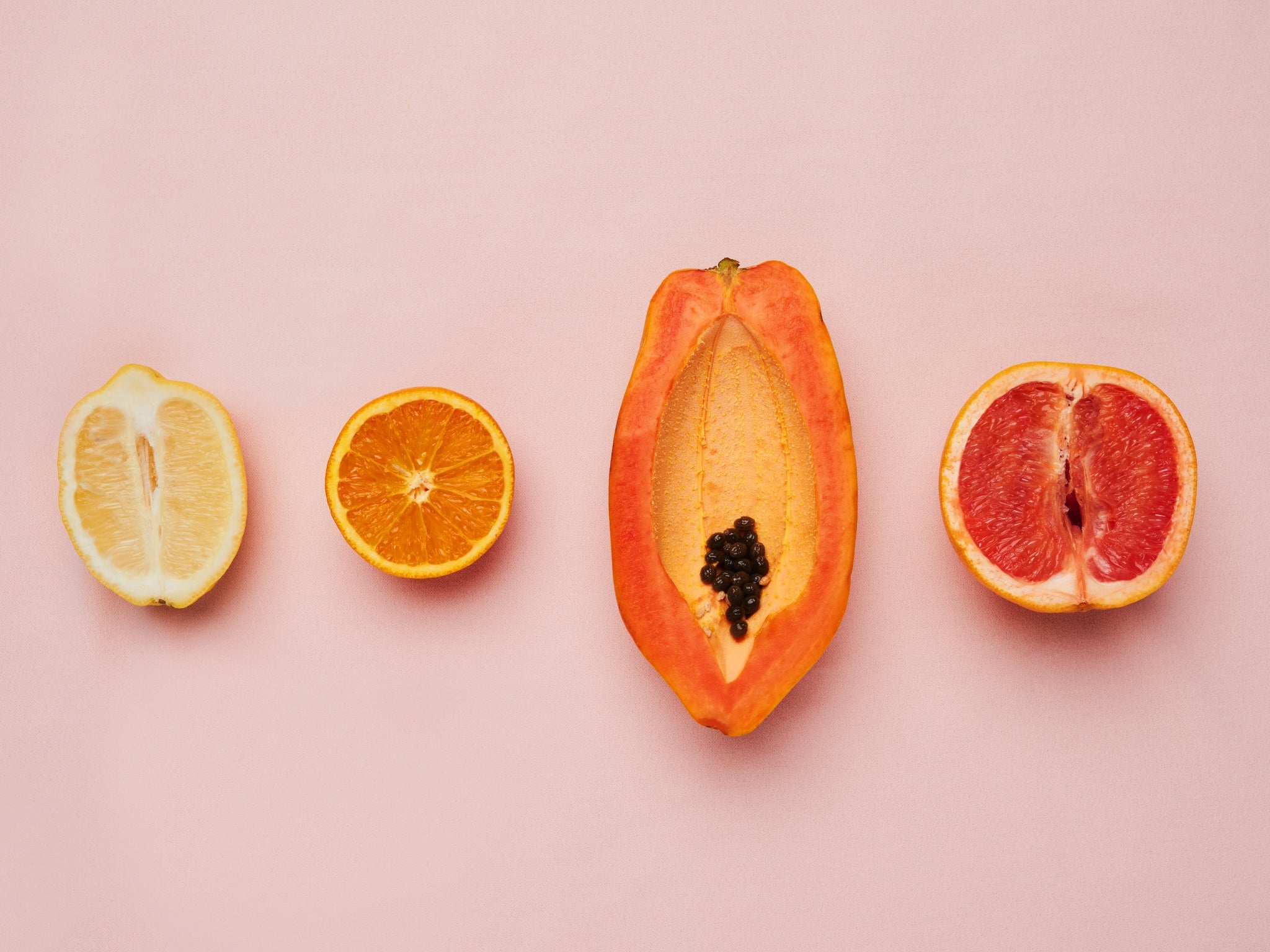The Vagina Museum will make you feel better about your vulva
As the Vagina Museum reopens in its new London location, Laura Hampson gets up close and personal with the female anatomy


Your support helps us to tell the story
From reproductive rights to climate change to Big Tech, The Independent is on the ground when the story is developing. Whether it's investigating the financials of Elon Musk's pro-Trump PAC or producing our latest documentary, 'The A Word', which shines a light on the American women fighting for reproductive rights, we know how important it is to parse out the facts from the messaging.
At such a critical moment in US history, we need reporters on the ground. Your donation allows us to keep sending journalists to speak to both sides of the story.
The Independent is trusted by Americans across the entire political spectrum. And unlike many other quality news outlets, we choose not to lock Americans out of our reporting and analysis with paywalls. We believe quality journalism should be available to everyone, paid for by those who can afford it.
Your support makes all the difference.There’s one with a pierced clitoris, another with a tampon string hanging out. One’s completely hairless, another is encased in a ginger halo. Some have longer labia than others, and some labia are tucked away. I’m looking at a wall of vulvas – 56 vulvas to be exact, all photographed in colour. Each vulva was handpicked from a pool of 500 by the Vagina Museum’s founder, Florence Schechter.
It’s a striking sight, this sea of vulvas, and, as Schechter explains, it was the “top requested thing” by past visitors ahead of the Vagina Museum’s reopening this weekend. The Vagina Museum, the world’s first of its kind, initially opened in the London borough of Camden in 2019, but its origin dates back to 2017. After its lease in Camden was not renewed, it relocated to a new location: Bethnal Green, where it opens again to the public on 19 March.
The vulva wall takes pride of place in the museum’s permanent exhibit, alongside felt depictions of the female anatomy and discharge-bleached underwear. A video about female genital mutilation plays in one of the cabinets. The shelf with the “virgin soap” had to be encased in glass as it was stolen at the last exhibit.
The wall gets me thinking about my own vagina. I’m lucky in the sense that it’s never been a source of insecurity for me – to me, it is what it is – but not everyone with a vagina feels the same. A 2015 study found that 36 per cent of Britons between the ages of 18 to 30 said they worried their genitals weren’t “normal”. Almost three quarters (73 per cent) of those who said this were women.
Of course, the reason for this is that we’ve been so conditioned by porn to think that one type of vagina is “normal” when, in fact, there is no “normal” when it comes to vulvas and labia – and this is exactly what the Vagina Museum hopes its visitors take away from it. “Gynaecological anatomy is nothing shameful, we want to get rid of that stigma,” Schechter explains. “We want people to know that there’s nothing to be ashamed of, there’s nothing to be embarrassed about. You can ask any question you want, that’s the overarching message in everything we do.”

Schechter was working as a science communicator making YouTube videos before she launched this unique project. It was when she realised that, while there is a penis museum in Iceland – the Icelandic Phallological Museum, which opened in 1997 – there wasn’t a vaginal equivalent. She took this knowledge to the hivemind that is Twitter and “decided there and then” she was going to open the museum herself. “I have always loved vaginas,” she says as we sit near the entrance of the museum following a show and tell of the permanent exhibit and the temporary one, Periods: A Brief History. “Being a bisexual woman, it’s a passion of mine,” she laughs. “I come from a family where it was always very open, we felt like we could ask questions and debate and question things, so that’s given me a really good outlook on life.”
In its Camden location, the museum’s first temporary exhibition was Muff Busters: Vagina Myths and How to Fight Them. “We felt like before we got going we needed to smash a few things,” Schechter says. At its Bethnal Green location, minutes from the Underground station and down Sugar Loaf Walk, the Vagina Museum is set in ENTER, a collective building and creative hub. It’s an industrial setting: think concrete floors, bright lights and white walls. Entrance to the museum is free, but donations are welcome and there’s a gift shop filled with fun souvenirs.
The temporary exhibition will be live for the next six months and allows visitors to walk through the history of periods, from prehistoric cave art to the issues facing periods today, like period poverty and period shame. “We looked at the national and international conversation,” Schechter says of the decision to make periods the museum’s next temporary exhibition. “Everyone is talking about periods at the moment. But what was interesting is that people weren’t talking about the history of periods and a lot of people were wondering, ‘where did this come from? Why are we ashamed of periods?’ Because I feel like if you know where you’ve come from you’ll know where you’re going.”

Looking over at the giant menstrual cups and tampons decorated with red sequins, Schechter explains that periods were once considered powerful “because periods are when people bleed and don’t die, that’s insane,” she laughs. “So they were like ‘oh my god, you must be a goddess. There’s no other way to explain it, you must be divine’. And then the patriarchy started. It turned this thing that was really powerful and shifted the framing slightly to make it ‘dangerous and disgusting’.”
If you’re east London-based, it’s been hard to miss the Vagina Museum’s new campaign. Designed by creative agency The Or, the campaign has slogans like “be the first to come”, “mind the wap” and “like the clit, not hard to find if you know where to look”. First visitors will also notice two empty spaces at the museum: one is set to be an education centre for school groups who visit and the other a community art gallery.
The word “empowered” has become overused, but it’s hard to feel anything but as you walk around the museum. It’s immediately clear that the space is a passion project run by a collective group of charismatic women who care that we get more in tune with our vaginas. And it’s not just for women. As Schecter notes, when the museum first opened it saw women “dragging” their boyfriends to show them the clitoris exhibit. We can’t possibly imagine why. So, it seems, there’s something there for everyone.
Periods: A Brief History is on at the Vagina Museum for six months beginning 19 March. Entry is free.
Join our commenting forum
Join thought-provoking conversations, follow other Independent readers and see their replies
Comments